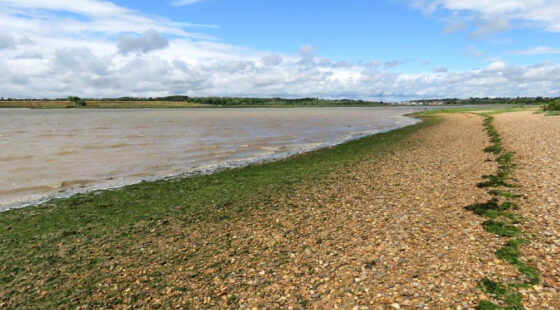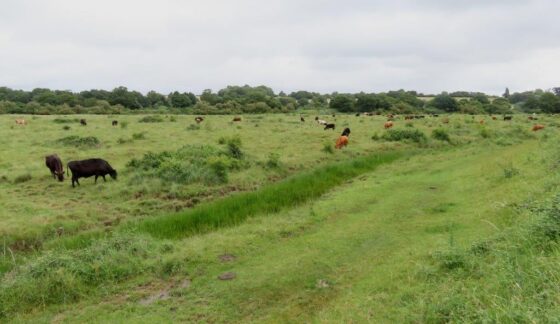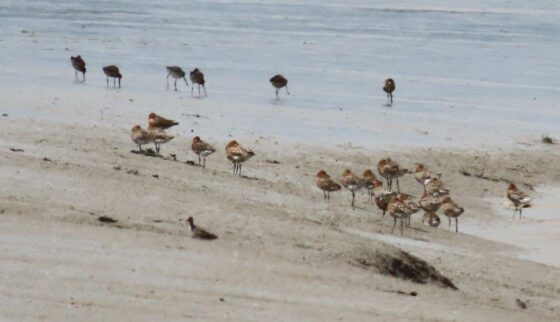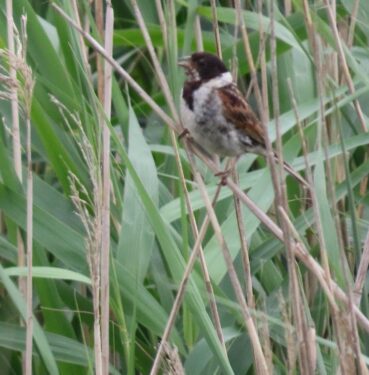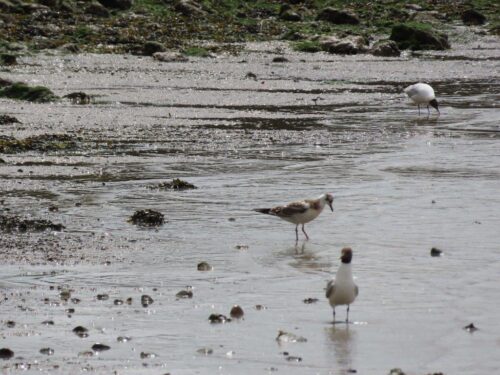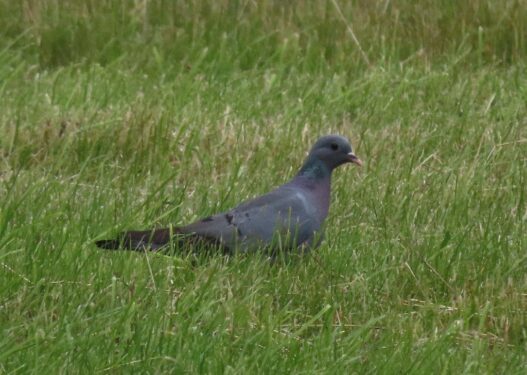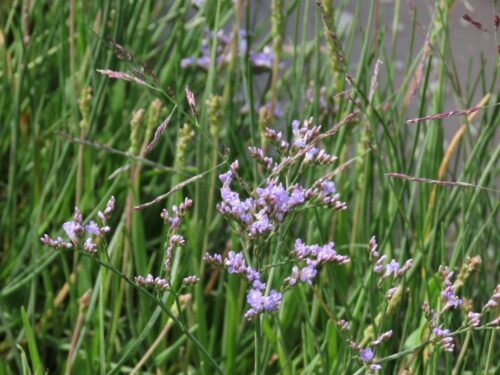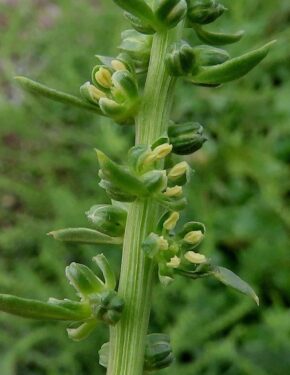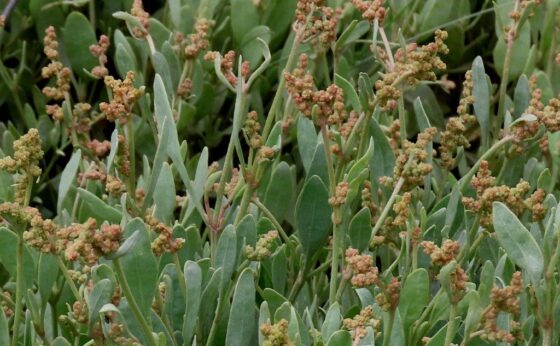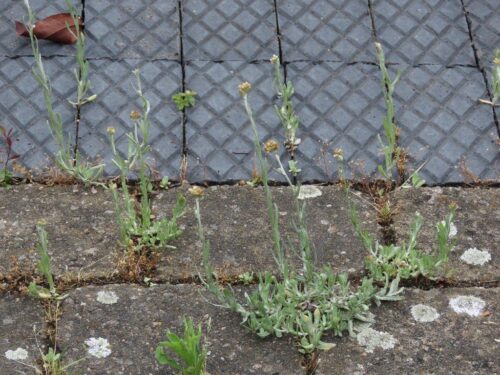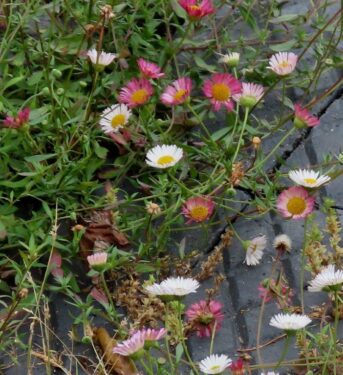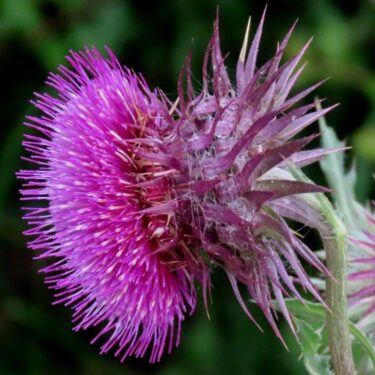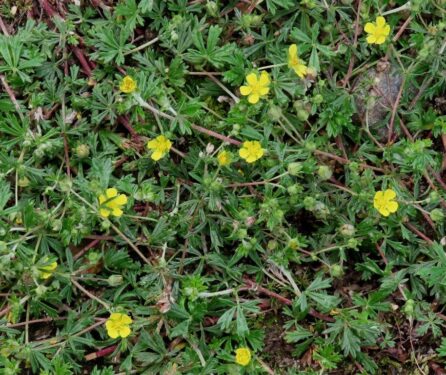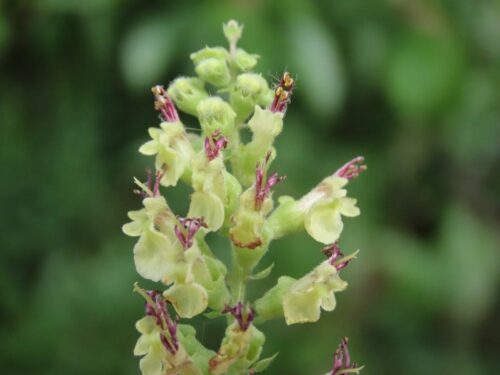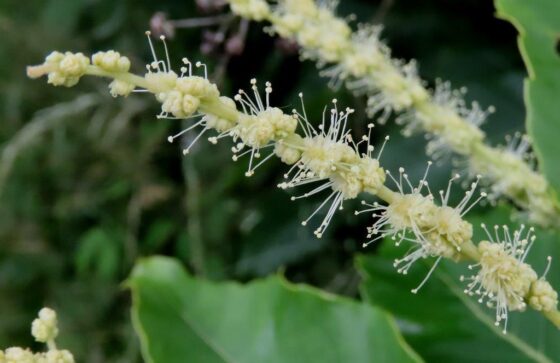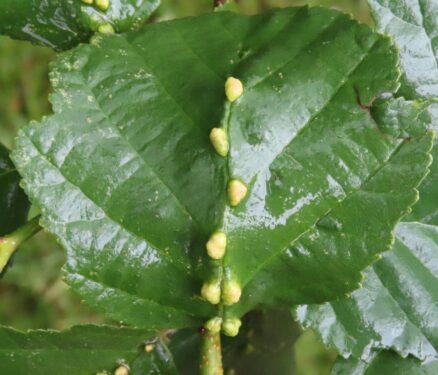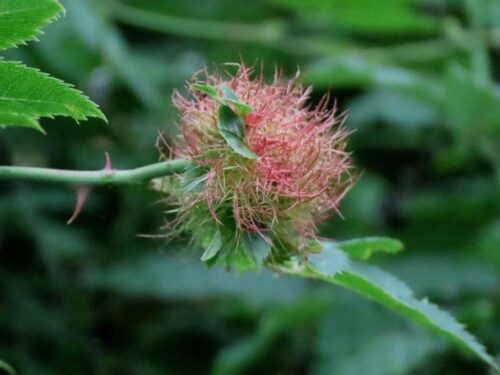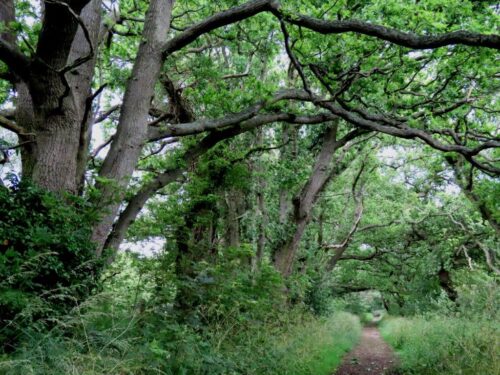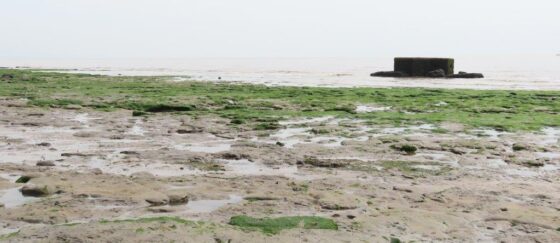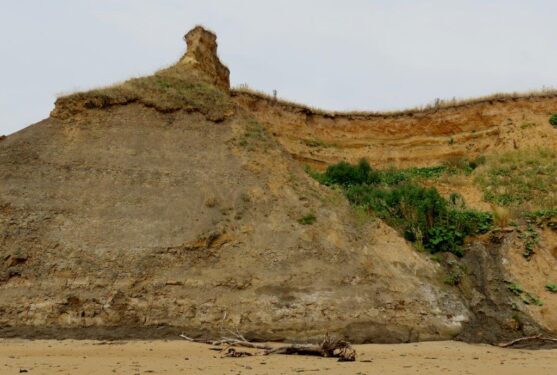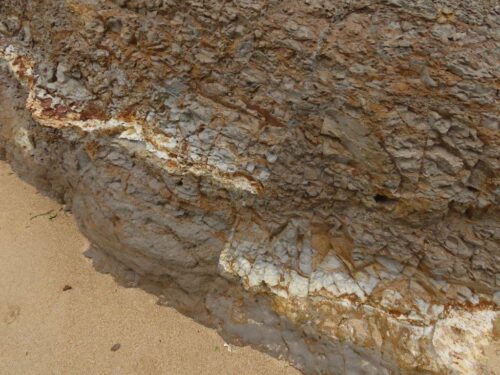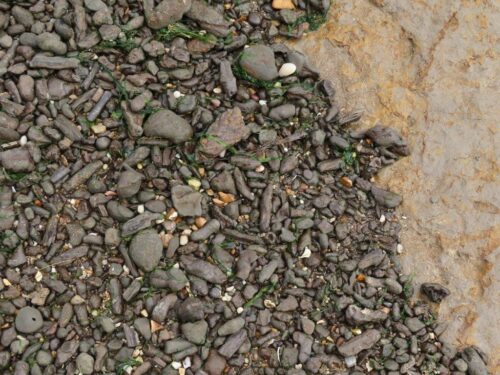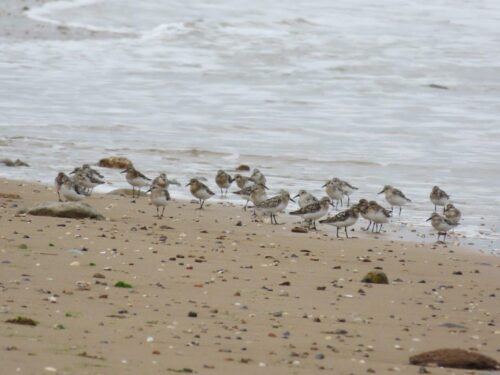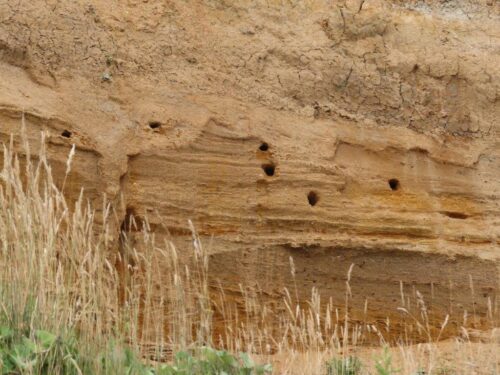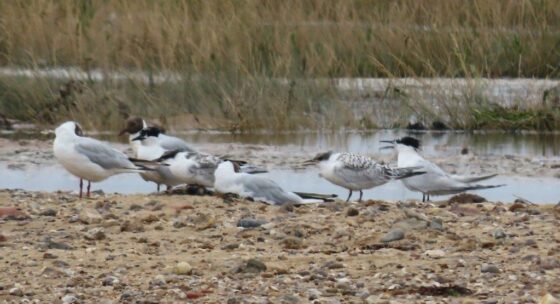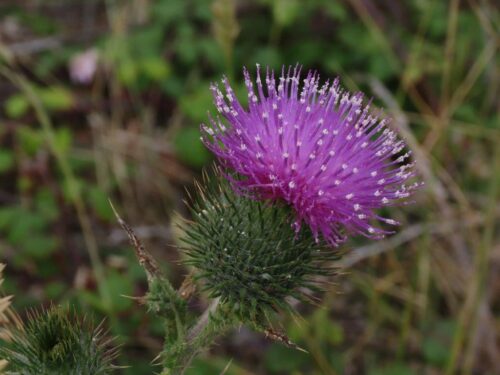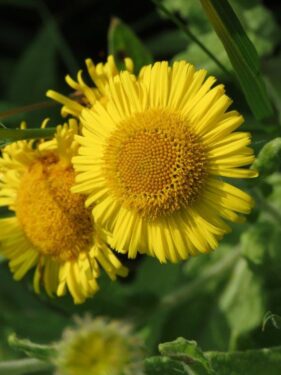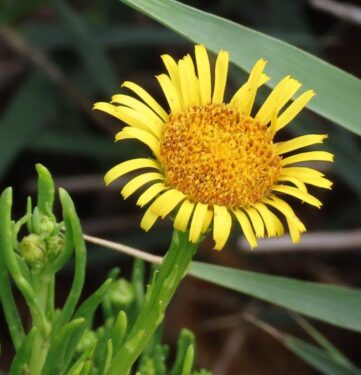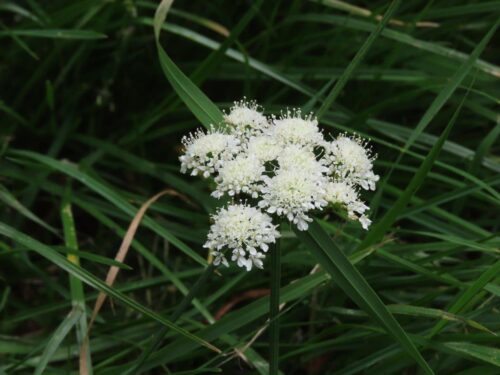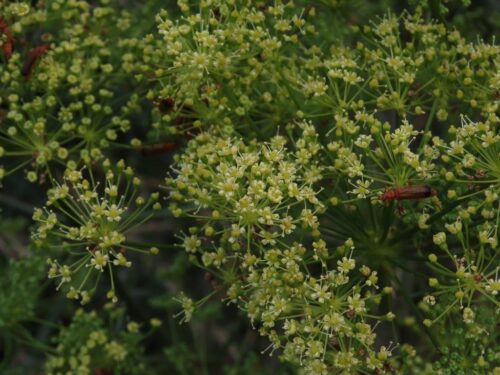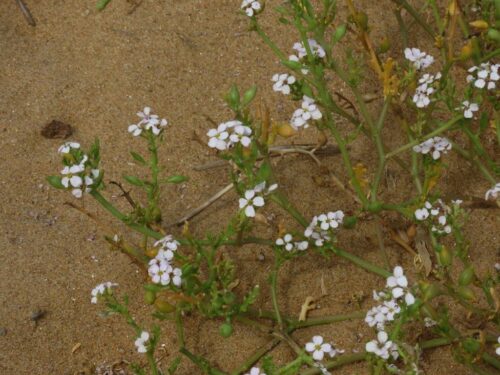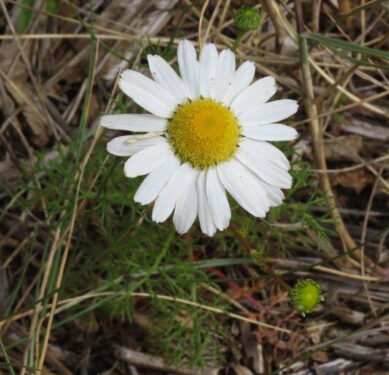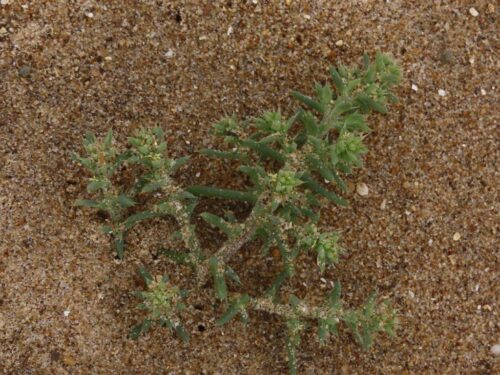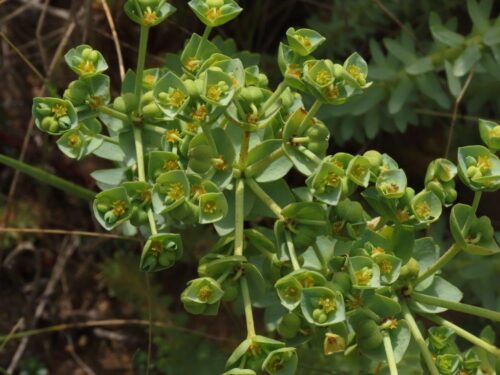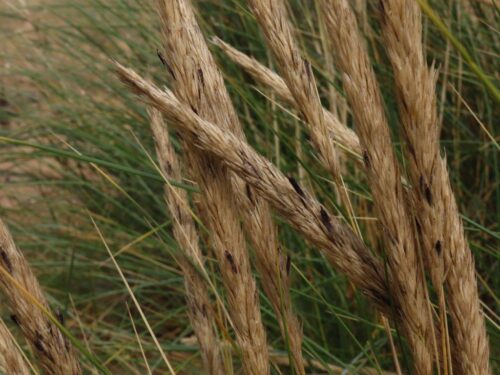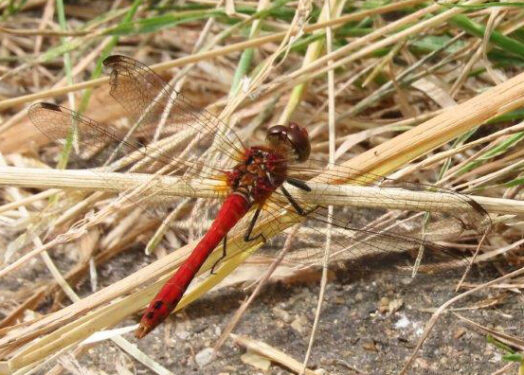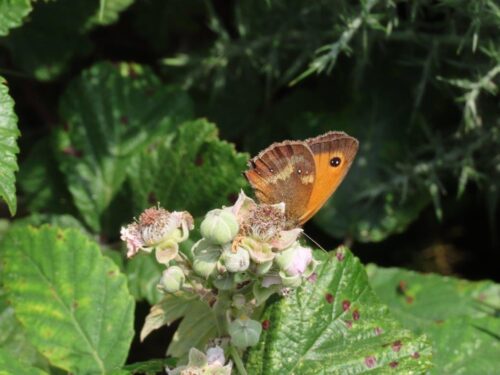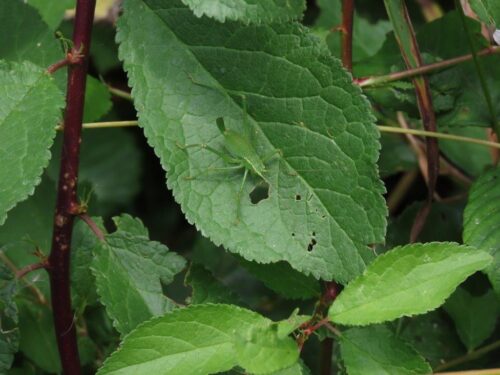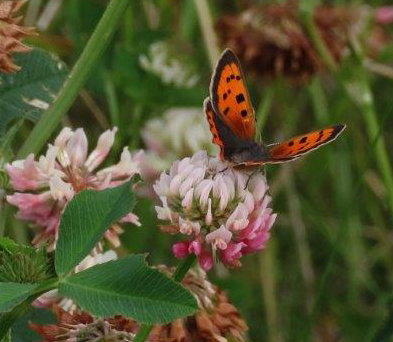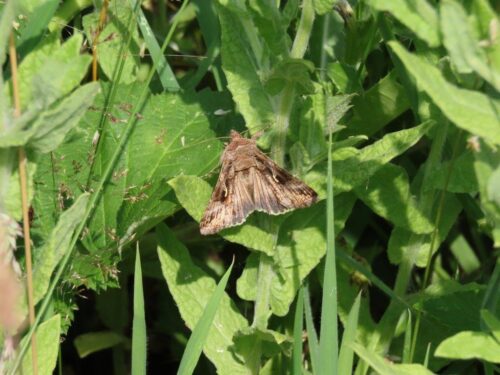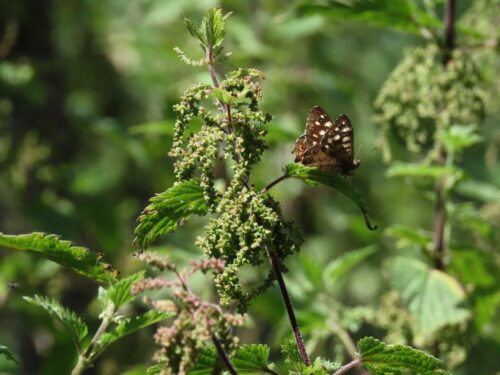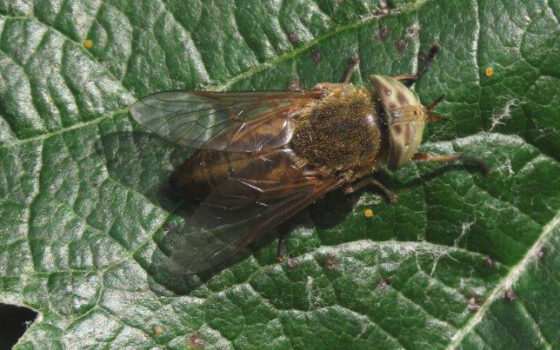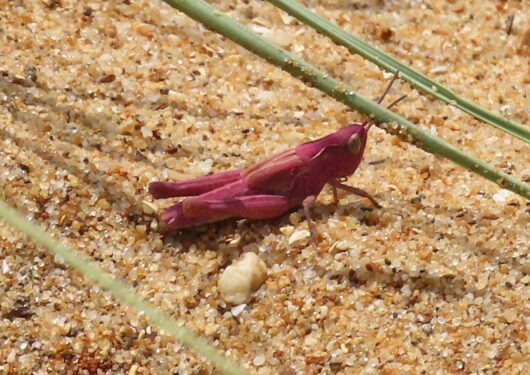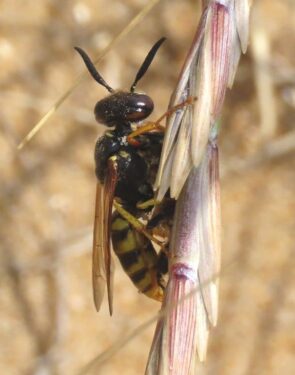The Wild Side of Essex returned to the north of the county in July, with one walk each on the Colne Estuary and at the Naze. As has been customary this ‘summer’, the weather was a mixed bag, but the wildlife still performed admirably…
Our day on the Colne early in the month, ostensibly midsummer, was unseasonably windy, sometimes cool, sometimes humid, and often rainy…all in all, quite challenging conditions for wildlife-watching. Even the birds seemed to think it was autumn, with a hundred or so Icelandic Black-tailed Godwits (most in good russet plumage, and presumably failed breeders), and smaller numbers of Curlews and Redshanks.
The first fledgling Black-headed Gulls were out and about, and we got great views of Reed Bunting, Stock Dove and Song Thrush in sheltered spots. Common Terns were actively commuting overhead, taking fish they had caught on the estuary inland to their gravel pit breeding sites, and there were lots of Swifts hawking over both Shipyard and Church, as the sound of a barking Muntjac drifted over from the far side of the estuary on the stiff southerly wind.
The saltmarshes bloomed with Sea-lavender, Sea-purslane and Sea Beet, along with Cord Grass, Sea Plantain, Dittander and Golden Samphire.
Other exciting plants included Jersey Cudweed and Four-leaved Allseed on Wivenhoe Quay alongside beautiful patches of Mexican Fleabane, and Nodding Thistle, Wood Sage and Hoary Cinquefoil on the top of the Essex Alps, where Sweet Chestnut flowers were just emerging, filling the air with their mushroomy scent.
And even though insect activity was suppressed (Essex Skipper, Painted Lady, Emperor Dragonfly, Silver Y and Black-tailed Skimmer being the best), there were plenty of other things to see such as galls, leaf mines and fungi, albeit speaking more of autumn than summer!
The late-month Naze walk was altogether more summery (albeit grey at first), becoming but hot and sunny and eventually very humid. Always predictable of course is the fascinating geology, whatever the season, whatever the weather…
